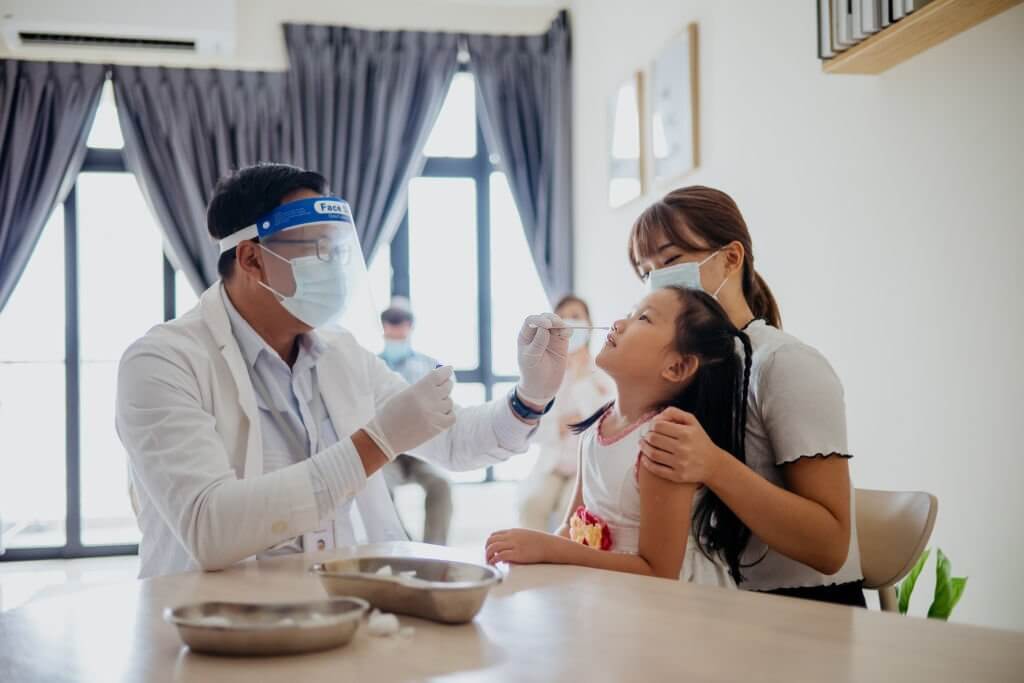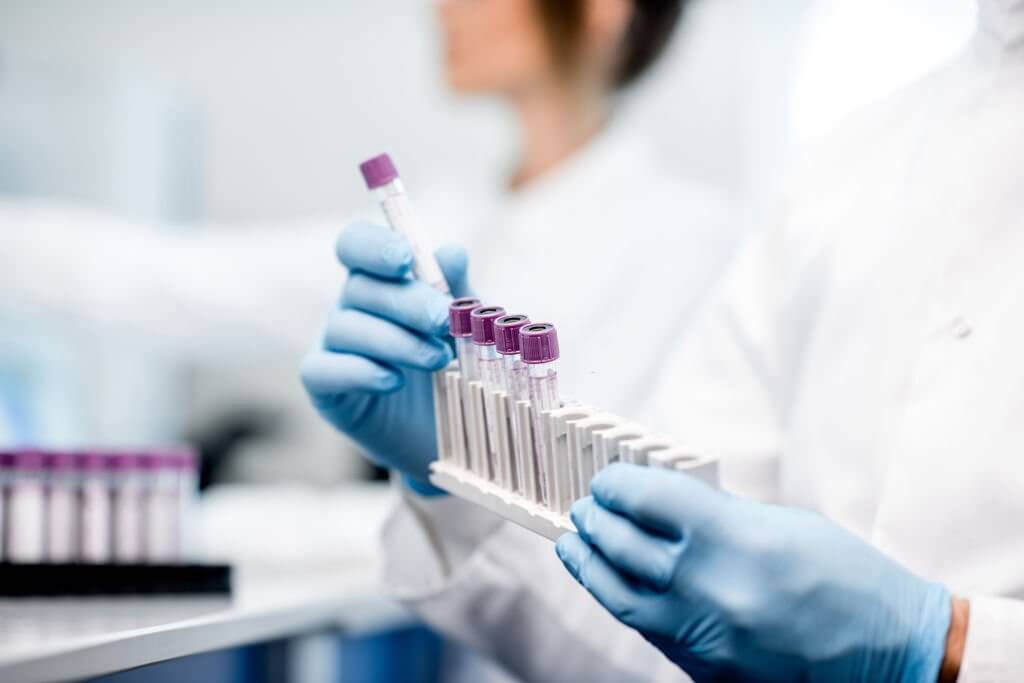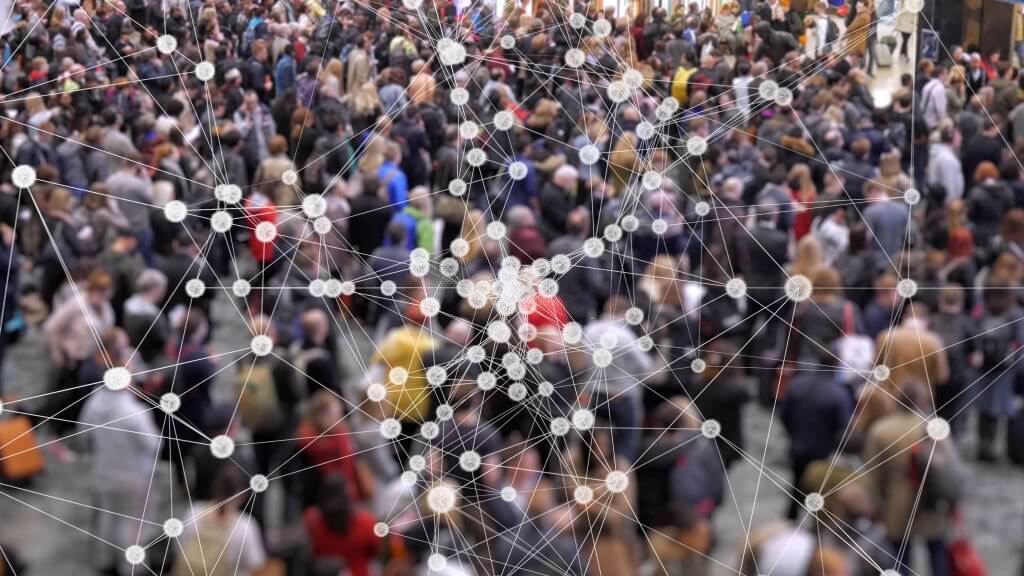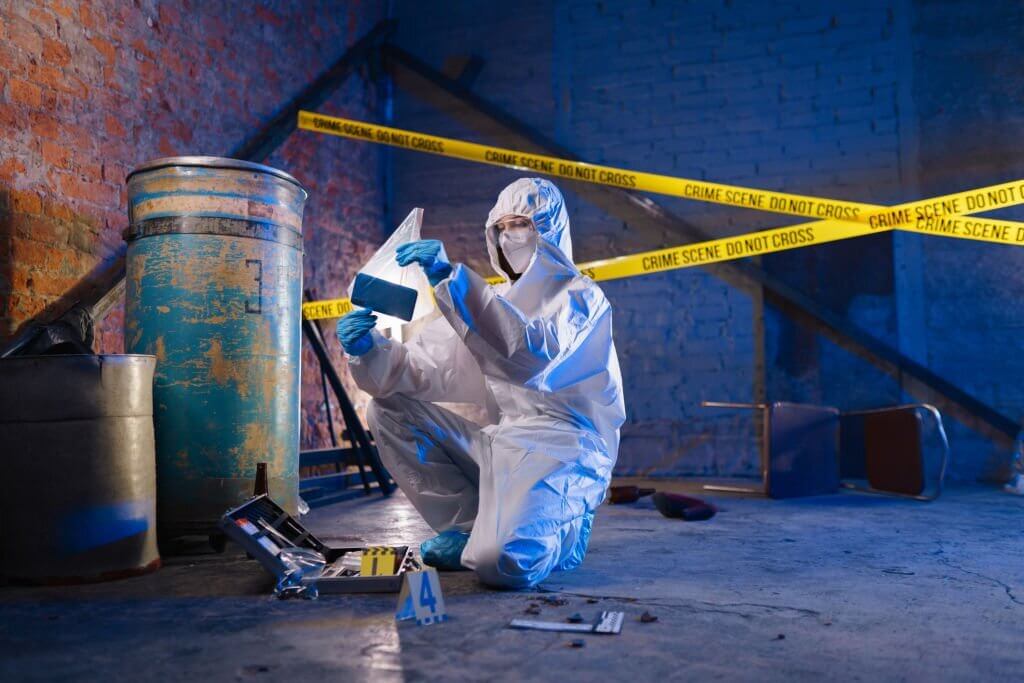7 Essential Applications of Nasal Swabs You Should Know

Nasal swabs have become a familiar tool in recent years, particularly due to their widespread use in COVID-19 testing. However, these simple yet powerful tools have a wide range of applications that extend far beyond the current pandemic. Nasal swabs play a vital role in various industries, contributing to the advancement of science, medicine, and public health.
Here we will explore 7 essential applications of nasal swabs, delving into their uses in healthcare and clinical diagnostics, pharmaceutical and biotechnology research, occupational health and safety, academic research, public health and epidemiology, veterinary medicine, and forensic science. By understanding the diverse applications of nasal swabs, we can better appreciate their significance and potential for continued innovation in multiple fields.
Healthcare and Clinical Diagnostics
Nasal swabs have become a cornerstone of healthcare and clinical diagnostics, especially when it comes to the diagnosis of various infectious diseases. In this context, their primary purpose is to collect respiratory specimens from patients, which can then be analyzed to detect the presence of pathogens and inform appropriate treatment.
A. Importance of nasal swabs in diagnosing infectious diseases
-
1. Influenza: Nasal swabs are commonly used to detect influenza viruses, helping healthcare professionals identify the specific strain and prescribe antiviral medications accordingly.
-
2. Respiratory syncytial virus (RSV): RSV is a common respiratory virus that can cause severe illness, particularly in infants and the elderly. Nasal swabs are crucial in the diagnosis of RSV, enabling prompt treatment and supportive care.
-
3. COVID-19: The ongoing COVID-19 pandemic has demonstrated the essential role of nasal swabs in large-scale testing efforts. Rapid and accurate diagnosis of SARS-CoV-2 infection has been critical in managing the spread of the virus and informing public health measures.
B. Role in detecting pathogens and guiding patient treatment
Nasal swabs play a critical role in detecting pathogens present in respiratory specimens.
The testing process begins when healthcare workers collect samples using a nasal swab or saliva tube. The SARS-CoV-2 virus, which is the pathogen that causes COVID-19, uses RNA as its genetic material. First, the PCR is converted from single-stranded RNA to double-stranded DNA in a process called reverse transcription.
Nasal swabs are commonly taken from patients with suspected respiratory infections and are tested to detect specific signatures of 10 to 15 known viruses. Most tests come back negative. But in a few cases, the swabs of those who tested negative for the “usual suspect” viruses still exhibited signs that they were infected with something.
C. Benefits of using nasal swabs in clinical settings
Nasal swabs can help your healthcare provider diagnose the type of respiratory infection you have and which treatment would be best for you. Nasal swabs are also used to detect specific signatures of 10 to 15 known viruses. Nasal swabs are considered a less invasive alternative to nasopharyngeal swabs and can be self-administered by patients3. Self-collected nasal swabs can lower the risk of exposure to SARS-CoV-2, the virus that causes COVID-19.

Pharmaceutical and Biotechnology
Nasal swabs are not only valuable in clinical diagnostics but also play a significant role in the pharmaceutical and biotechnology industries. They are utilized in various stages of drug development and clinical trials, helping researchers study new treatments and monitor the safety of new medications.
A. Role of nasal swabs in drug development and clinical trials
-
1. Studying the efficacy of new treatments for respiratory infections: Nasal swabs are used to collect samples from trial participants to assess the effectiveness of new drugs and therapies targeting respiratory infections. By analyzing the collected specimens, researchers can determine whether the treatment is successful in reducing or eliminating the targeted pathogens.
-
2. Monitoring the safety of new medications in trial participants: Nasal swabs can be employed to monitor the safety of new medications during clinical trials. By collecting respiratory samples throughout the trial, researchers can identify potential side effects or complications related to the medication, ensuring that only safe and effective treatments reach the market.
B. Examples of nasal swab applications in the industry
A simple nasal swab may revolutionize the diagnosis of lung cancer in smokers who have undergone CT screening and had lung nodules detected on the scan. The Percepta nasal swab, a first-of-its-kind genomic test by Veracyte, helps distinguish between benign and malignant nodules, identifying those at low risk for cancer with a sensitivity of 96.3% and specificity of 41.7%, and those at high risk with a specificity of 90.4% and sensitivity of 58.2% [source].
This innovative test is based on "field of injury" technology, which examines genomic changes in the respiratory tract lining for evidence of active cancer cells and uses a machine learning model that factors in age, gender, and smoking history. Veracyte aims to make the test available to select sites in the latter half of 2021, with the potential to benefit patients with suspicious lung nodules found on CT scans. The test will be available as a laboratory-developed test in the US through Veracyte's centralized CLIA laboratory, while in global markets, it will be offered as an IVD product to be performed on the nCounter instrument by local laboratories.
Occupational Health and Safety
Nasal swabs have a valuable role in occupational health and safety, particularly in industries where respiratory infections may pose a risk to worker safety or productivity. By implementing regular screening procedures using nasal swabs, employers can help maintain a healthy work environment and mitigate the spread of contagious illnesses.
A. Use of nasal swabs in monitoring employee health
Nasal swabs can be employed to monitor employees' health, ensuring that workers are not spreading respiratory infections to their colleagues. By identifying infected individuals early, employers can reduce the risk of workplace outbreaks and maintain a safe, healthy environment for all employees.
B. Settings where respiratory infections may pose a risk to worker safety or productivity
-
1. Healthcare: In healthcare settings, such as hospitals and clinics, healthcare workers are at increased risk of exposure to respiratory infections. Regular screening using nasal swabs can help prevent the spread of infections to vulnerable patients and other staff members.
-
2. Travel: The travel industry, including airlines and cruise ships, relies on healthy employees to ensure smooth operations and maintain customer satisfaction. Nasal swabs can be used to screen employees for respiratory infections, reducing the risk of outbreaks among passengers and crew.
-
3. Live entertainment: In live entertainment venues, such as theaters and concert halls, performers and staff work in close proximity, increasing the risk of respiratory infection transmission. Regular screening using nasal swabs can help maintain a healthy work environment and prevent disruptions to performances.
Research and Academia
Nasal swabs are crucial in studies that aim to determine how respiratory pathogens spread and their prevalence in specific populations. By collecting respiratory specimens, researchers can gain insights into the factors that influence the transmission of infections and develop strategies to mitigate their spread.
A study highlights the limitations of syndromic diagnosis in identifying respiratory pathogens, as only 23 out of 97 patients tested positive for RNA viruses. This emphasizes the need for better diagnostic methods to control outbreaks. Nasal swabs can be used as a non-invasive and easy-to-obtain sample for diagnostic testing, aiding in understanding the transmission and prevalence of respiratory pathogens. The study compares syndromic diagnosis with PCR and sequencing-based methods, revealing the variability in diagnostic identification of respiratory infections during the annual cycle in northern New Mexico. The results showed the presence of various viruses, including coronavirus and respiratory syncytial virus, and coinfection in some patients. However, only 57% of the patients who tested positive using PCR had a complete match with RNA sequencing, indicating the limitations of current diagnostic approaches. The study concludes that there is a critical need for layered agnostic diagnostics to track known and unknown pathogens accurately at the point of care to control future outbreaks.
Public Health and Epidemiology
Nasal swabs are a key component of disease surveillance programs, which monitor the incidence and prevalence of respiratory infections in populations. By collecting and analyzing respiratory specimens, public health officials can identify trends and patterns in the spread of infections, informing targeted interventions and resource allocation.
When outbreaks of respiratory infections occur, nasal swabs are essential in identifying the causative pathogens and tracking their spread. This information helps public health officials implement containment measures and prevent further transmission.
Nasal swabs offer several benefits in public health and epidemiological contexts, including their ease of use, cost-effectiveness, and suitability for large-scale sampling. These advantages make nasal swabs an ideal tool for public health initiatives, enabling the efficient collection and analysis of respiratory specimens and contributing to the ongoing improvement of population health.

Veterinary Medicine
Nasal swabs are not limited to human medicine; they also play an important role in veterinary medicine, aiding in the diagnosis and management of respiratory infections in animals. Both pets and livestock can benefit from the accurate detection of respiratory pathogens, enabling appropriate treatment and helping to maintain the overall health of the animals.
Diagnosis of respiratory infections in animals
-
1. Pets: Nasal swabs can be used to diagnose respiratory infections in pets, such as dogs and cats, helping veterinarians prescribe the right treatment and monitor their recovery. Early detection and treatment of infections can improve the quality of life for pets and reduce the risk of complications.
-
2. Livestock: Respiratory infections in livestock, such as cattle and pigs, can have significant consequences for agricultural productivity and animal welfare. Nasal swabs are essential tools in identifying and managing respiratory infections in these animals, ensuring their well-being and maintaining the health of the herd.
For example, nasal swabs can be used to diagnose lower respiratory tract diseases in sheep and goats such as peste des petits ruminants (PPR), parainfluenza, and Pasteurellosis. Early and specific diagnosis using advanced techniques like ELISAs and molecular diagnostic assays can aid in treatment, epidemiological studies, and designing prevention protocols to reduce economic losses.
Another study showed that nasal swabs collected from weaned pigs can help diagnose the complex etiology of respiratory diseases caused by multiple viruses and bacteria. This study detected 11 viruses, including swine influenza A virus, and found that PRRSV, PCMV, and PCV3 were the most commonly detected pathogens. Low Ct values were observed for most agents, indicating high viral loads. The study also demonstrated the importance of monitoring subclinically infected farrowing units to better understand the epidemiology of respiratory diseases in weaners.
Forensic Science
Nasal swabs have applications beyond the realm of medicine, as they can also be employed in forensic science. Although not as common, nasal swabs may be utilized in specific forensic investigations to collect DNA samples or identify the presence of certain substances, such as drugs or chemicals.
A STUDY conducted by the National Institute of Toxicology and Forensic Sciences in Spain highlights the importance of nasal swabs in forensic science during the COVID-19 pandemic. The research evaluated the performance of a RT-qPCR clinical diagnosis protocol using the TaqPath™ COVID-19 CE-IVD RT-PCR Kit for detecting SARS-CoV-2 in judicial autopsies. Two RNA extraction methods were tested, with the automated method providing more reproducible results. The SARS-CoV-2 RT-qPCR assay demonstrated high sensitivity and specificity, illustrating the potential of nasal swabs as a valuable tool in forensic investigations involving COVID-19.
The wide range of applications for nasal swabs highlights their importance across diverse industries. From ensuring accurate diagnosis and treatment of infectious diseases in humans and animals to providing critical evidence in forensic investigations, nasal swabs have become indispensable tools for professionals in many fields. Their ease of use, cost-effectiveness, and ability to collect high-quality specimens make them the go-to choice for various sampling needs.
As the demand for accurate and reliable specimen collection continues to grow, there is a need for ongoing innovation and research in nasal swab technology. The development of new materials, designs, and features will further enhance the utility of nasal swabs and address the ever-evolving needs of professionals across multiple industries. By continually improving nasal swab technology, we can ensure that this essential tool remains a valuable asset in diagnostics, research, and beyond.

References:
-
1. https://www.genome.gov/about-genomics/fact-sheets/Understanding-COVID-19-PCR-Testing
-
2. https://news.yale.edu/2023/01/03/simple-nasal-swab-can-provide-early-warning-emerging-viruses
-
3. https://www.medscape.com/viewarticle/952663#vp_1
-
4. Advances in Diagnosis of Respiratory Diseases of Small Ruminants (hindawi.com)
-
5. Frontiers | Diversity of respiratory viruses present in nasal swabs under influenza suspicion in respiratory disease cases of weaned pigs (frontiersin.org)
-
6. Identification of SARS-CoV-2 in post-mortem nasopharyngeal swabs. - Abstract - Europe PMC
Related Posts
Evaluating the Efficacy of Rapid Antigen Nasal Swab Test in Low Prevalence SARS-CoV-2 Settings
How Accurate Are Nasal Swab Rapid Tests For COVID-19?











